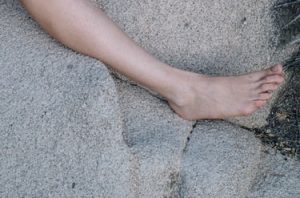
If you have experienced a pop around your ankle, it can be pretty unsettling. Today we’re going to go over two common ankle injuries that can cause this: an Achille’s tendon tear and an ankle sprain. Read along to learn more about these two ankle injuries.
Achilles Tendon Tear
Achilles tendon tears are most likely to occur in men over age 35. The most common injury scenario for this injury involves playing basketball, tennis or another sport that requires significant pushing off with the ankle. At the time of the injury, a person with a tear will feel a large pop. Most people also describe a feeling like someone kicked them in the heel when the injury occurs. Immediately after the injury, there is swelling and pain, and it becomes difficult to walk.
Doctors can diagnose an Achilles tendon tear with a physical exam in which they feel for a defect in the tendon. They may also use an MRI scan to visualize the tear. Often times, though, the diagnosis can be made by a physical examination alone.
Doctors will treat this injury with surgery unless the patient is morbidly obese or diabetic. This is because morbidly obese patients and diabetics are at a higher risk for an infection with surgical treatment. Nonsurgical treatments for this condition involve casting the ankle.
The surgery is an outpatient procedure. After surgery, patients are non-weight bearing for several weeks. After that, they may be cleared for touch toe weight bearing (using toes for balance but not weight bearing). Full weight bearing is usually possible starting around six weeks after surgery. The speed of recovery is based on the repair quality, and recovery differs between patients.
Ankle Sprain
A pop felt on the outer side of the ankle after a twisting injury is often a sign of an ankle sprain. This injury may occur if your ankle rolls as you are putting weight on it. A ligament in the ankle is injured in an ankle sprain.
Often, after an ankle sprain people experience swelling and the ankle turns black and blue. Sometimes the discoloration can travel down to the foot. Doctors typically recommend an X-ray to make sure there are no fractures around the ankle joint.
To treat an ankle sprain, follow the acronym RICE. This stands for rest, ice, compression and elevation, which should be the first lines of treatment. You may also need to use anti-inflammatory medication to help reduce swelling and pain. Long-term, physical therapy is a key part of recovery to restore range of motion and help reduce swelling. Physical therapists can help you regain strength and stability around your sprained ankle.
If you play sports, your return time frame depends on the severity of the sprain. It can be as quick as 2 weeks with a mild sprain that you treat properly. More severe sprains may take as long as 8 weeks for a full recovery. In all cases, you may experience intermittent swelling for up to three months after the injury.
If you have experienced an ankle injury, you can trust the professionals at Orthopaedic Specialists to help you recover. To schedule an appointment with Dr. Grossfeld and the experts at Orthopaedic Specialists, call 502-212-2663 today.

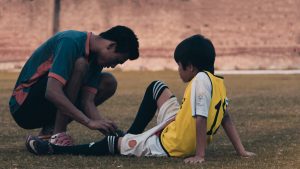

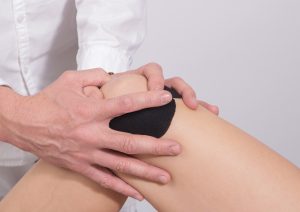

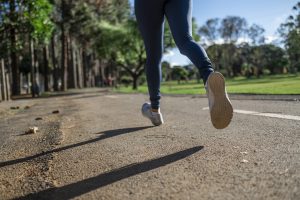



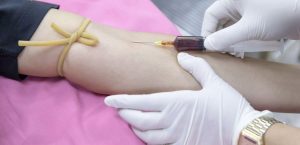
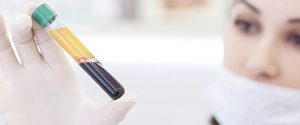


Recent Comments